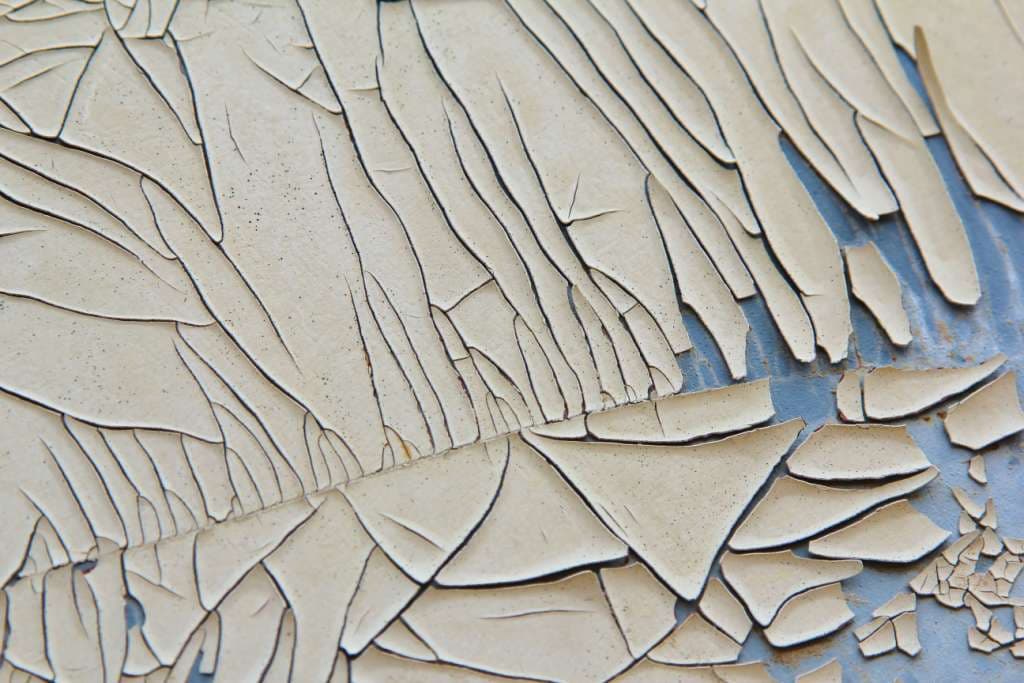
Flaking paint defect is one of the defects on painted surface. The paint film is subjected to chemical attack of atmosphere, sunlight and heat, all deteriorating it. The most common causes of flaking paint are moisture underneath the coat and also paint applied over oil, dirt, grease or onto a poorly prepared, powdery surface. Flaking paint simply means it is the detachment of paint film (the breaking of coating system right from the primer to the top finishing coat) from the underlying surface in the form of flakes or scales. It is very important to check the surface before painting. Surface should be free from dust, grease, etc..
Causes and Solutions for Flaking Paint
Cracking and then ultimately flaking can occur for various reasons. The main reason for flaking paint is the moisture penetration through cracks on the coatings resulting in the loss of bond between surface and paint film. Poor surface preparation is also the leading cause of the flaking paint. Sometimes cleaning with solvent can left residue on the surface and ultimately it can lead to flaking in paint. Using lower quality paint can cause flaking as it comes with poor flexibility and adhesion property. Almost all the paint film have elasticity and there not having this property can lead to flaking of paint film. Almost all the materials have tendency to undergo expansion and contraction during temperature variation and if paint film does not poses the elasticity then paint defect like cracking or peeling will occur.
Flaking paint can also result if the applied paint is too thin due to overspreading (higher-than-recommended spread rate) or excessive thinning. These practices tend to diminish the paint’s final film thickness so that it is more vulnerable to cracking and flaking.
Also Read:




































